Since their discovery in the fourth century BC, Diamonds have evolved into one-of-a-kind gemstones that hold significant value. Today, diamonds are in demand worldwide, and they're used in numerous pieces of jewelry. Know your diamond better with our complete diamond buying guide so that you can choose and buy the best diamond.
You must have noticed; each diamond has a unique shape and size. If you're wondering why it is so, let's find out more about diamond shapes.
What is a Diamond Shape?

Diamonds are derived from deep into the earth's crust, and they vary in size and shape. Ideally, a diamond shape refers to the structure and cutting that gives the diamond its form and looks. Moreover, each shape is geometric and boasts an outline that makes it look classy.
Round-Shaped Diamond
Round-shaped diamonds are symmetrical in shape, making them look timeless and aesthetic. Out of all diamond shapes, round-shaped diamonds are widely popular. Thanks to their 58 facets, round-shaped diamonds offer unmatched clarity. Moreover, their cutting enhances their looks. We advise you to opt for round diamonds featuring a very good or excellent cut rating.
Pros
- Round diamonds are evergreen; thus, you don't have to be worried about going out of trend.
Cons
- Round-shaped diamonds are costly as making them leaves behind a lot of raw material as waste.
Princess-Shaped Diamond
Princess-shaped diamonds boast either a square or a rectangular cut on their top. Ideally, princess cut diamonds have 76 facets that collectively ameliorate their looks and give diamonds an unmatched brilliance and sparkle. To make princess-shaped diamonds a reality, the designers have to work on the inverted pyramid of rough diamonds. Princess-shaped diamonds with excellent cut ratings will be a great choice.
Pros
- Princess cut diamonds are pocket-friendly as making these diamonds doesn't produce much waste from rough diamonds.
Cons
- The edges or corners of princess-cut diamonds may be delicate, making them prone to wear and tear.
Emerald-Shaped Diamond
Emerald-shaped diamonds feature a rectangular shape along with linear facets and chiseled steps on the sides. The table of emerald-shaped diamonds is significant, and the cut also offers a one-of-a-kind translucent light. The bigger size of the diamond makes it look appealing and fashionable. We advise you to choose an emerald diamond with a higher grade of color and clarity.
Pros
- Budget buyers looking for a bigger diamond get what they wanted with an emerald-cut diamond. Unlike round cut diamonds, emerald cut diamonds have a 5% larger diameter, making them look bigger.
Cons
- The table of emerald cut diamonds has fewer facets, which means, if it gets damaged, the flaws will be evident to everyone.
Asscher-Shaped Diamond
Asscher-shaped diamonds were introduced to the world by the Royal Asscher Diamond Company. The Asscher cut diamonds tend to have a smaller face, an elevated crown. Moreover, Asscher cut diamonds also have a deep pavilion that helps the brilliance shine from the inside. We recommend you choose an Asscher cut diamond with high-grade clarity ratings like VS2 or more.
Pros
- Asscher cut diamonds offer class-apart looks, and they produce mesmerizing brilliance.
Cons
- Because of its flat table, Asscher cut diamonds offer a clear view of the base. Thus, any marks or cracks on the diamond can't be kept hidden.
Marquise-Shaped Diamond
Marquise-shaped diamonds look quite similar to a beautiful eye, and they have a slender shape. Generally equipped with 56 facets, marquise diamonds offer nonpareil looks that make the wearer's hands appealing and fingers thin.
Pros
- The longer shape of marquise cut diamonds makes them appear larger. Moreover, they also have the greatest size per carat.
Cons
- If marquise cut diamonds aren't well-fitted, their corners might get damaged. Additionally, if the diamond is asymmetrical, it won't fit well on the ring.
Oval-Shaped Diamond
Oval-shaped diamonds can be used in various pieces of jewelry, and they boast an elegant look. Oval-cut diamonds have 56 facets on their waist that give them a modern shape. Moreover, unlike round cut diamonds, oval cut diamonds are easy on the pocket as well.
Pros
- A total of 56 facets enable the oval cut diamonds to offer significant brilliance. Because of their shape, these diamonds aren't prone to chipping as well.
Cons
- Oval cut diamonds at times show the bow-tie effect, and the chances of this increase if the oval is significantly large.
Radiant Shape Diamond
As the name suggests, Radiant cut diamonds are well-known for their radiance and brilliance. Radiant cut diamonds ideally have 70 facets, and each of them works together to ensure that the diamond shines well and looks great. Interestingly, the radiant cut diamonds are made by combining both round cut and emerald cut.
Pros
- Unlike Asscher cut diamonds, Radiant cut diamonds are more durable and can withstand more wear and tear.
Cons
- If your Radiant cut diamond gets damaged, hiding its imperfections will be challenging, thanks to its facets and clarity.
Pear-Shaped Diamond
Pear cut diamonds look like a teardrop, and it features 58 facets. The diamond can be used in vintage diamond engagement rings, necklaces, and a few other pieces of jewelry. The pear-cut diamonds ideally have pointed edges, and one of their ends is round, giving the diamond its ideal shape.
Pros
- Pear cut diamonds boast unique designs. Moreover, they also make the wearer's fingers look slim.
Cons
- Pear cut diamonds are at times not cut properly. Hence, one needs to be careful about their preferred diamond shape.
Heart-Shaped Diamond
Heart-shaped diamonds tend to have an asymmetrical design, and these diamonds look stunning. Thanks to the diamond's 58 facets that provide its brilliance and shine. Moreover, heart-shaped diamonds are also used in necklaces as pendants, but rings featuring them are unique and classy.
Pros
- Heart-shaped diamonds are a great symbol of love and romanticism. Moreover, these diamonds also have tremendous brilliance that adds to their looks.
Cons
- Heart-shaped diamonds may have a bow-tie effect that might be required to be corrected using cutters.
Cushion-Cut Diamond
This one is a no-brainer; the Cushion cut diamonds look like a pillow. Cushion-cut diamonds are made using the combination of modern design and vintage fashion. The cushion looks elegant and beautiful and highlights the wearer's hands.
Pros
- Cushion cut diamonds are cheaper than the most popular brilliant round cut diamonds. Moreover, they offer great brilliance and can reflect colored lights with ease.
Cons
- The flat surface of cushion-cut diamonds makes it easy for anyone to view the scratches and imperfections in the diamond.

The Best Diamond Cut Grades
The markets are flooded with all sorts of diamonds, good and bad. Three diamond cut grades are generally considered the best. Read on to explore more about these in detail.
Ideal aka Excellent
Ideal cut diamonds are top-rated, and they're great reflectors of light. Moreover, they represent only 3% of the diamond cut quality.
Very Good
Very good cut diamonds make up approximately 15% of the top diamond cut quality. The difference between ideal and very good cuts is that the lateral is cheaper. Moreover, despite being cheap, very good-cut diamonds reflect almost the same amount of light.
Good
Good cut diamonds make up nearly 25% of the top diamond cut quality. When compared to the ideal cut, good-cut diamonds reflect much less light.
Clarity of the Diamond
Diamond's clarity tells us about its internal characteristics, better known as inclusions. Moreover, it also tells us about the blemishes or imperfections on its surface. It is important to understand that blemishes and imperfections don't make the diamond imperfect but make it unique. Diamond's clarity is a significant factor that helps determine the price tag it carries. Additionally, it also helps institutions like GIA and IGI determine the diamond's clarity grades.
Feather
A feather often emerges on the diamond's surface, and it extends within the diamond. In most cases, feathers are invisible to naked eyes. We recommend you avoid diamonds featuring a feather on their surface as they may hamper the diamond's beauty.
Crystal
The crystal clarity inclusion emerges inside the diamond when growing, and these crystals may be of different shades. However, the most common ones are black and white. If the diamond you're buying features a white crystal, it may not be problematic. But, we advise you to avoid diamonds with black crystals of significant size.
Cloud
Cloud clarity inclusions can be described as tiny pinpoints grouped to form a hazy spot on the diamond. Generally, clouds are invisible, and one cannot view them even by magnifying them 10times.
Pinpoint
The pinpoint clarity inclusion is described as a tiny dot that becomes visible using a 10x magnification. At times, a pinpoint may also look like a tiny crystal dot.
Natural
Natural clarity inclusions are often located at the diamond's girdle. A diamond gets natural clarity inclusions when it is being manufactured or cut.
Indented Natural
When a small part of the diamond's rough skin is left unpolished, we get an indented natural clarity inclusion to ensure it maintains its weight. This type of inclusion is observed inside the diamond and is typically found on its girdles.
Needle
As the name indicates, needle clarity inclusion looks like a white rod as if replicating a needle in the diamond. Ideally, needles are transparent; however, they may be problematic if found in clusters.
Knot
The knot clarity inclusion occurs when a crystal inclusion extends itself towards the diamond's surface. We advise you to avoid diamonds having a large knot.
Chip
The clarity inclusion known as the chip emerges due to wear and tear. A chip is recognized as a crack on the diamond's surface.
Cavity
Whenever a feather breaks, it results in a cavity. Commonly, cavities are formed during the diamond's manufacturing phase. We suggest you not choose a diamond with a large cavity.
Twinning Wisp
A twinning wisp is one kind of clarity inclusion that emerges when a lot of pinpoints, clouds, and crystals are grouped. Twinning wisps are natural, and these tend to form when diamonds begin to regrow.
Internal Graining
Internal graining is typically a sort of linear formation within the diamond, which can't be removed by polishing. In most cases, these are formed by irregular crystallization and have no pattern whatsoever. The internal grains can be white and colored as well.
Surface Graining
Likewise, internal graining, surface graining is also a result of uneven and irregular crystal formation within the diamond. When a diamond has surface graining, it tends to have fine lines which can't be viewed even when magnified.
Etched Channel
The etched channel originates on the diamond's surface and ends deep inside the diamond. While the etched channel inclusion is natural, it may also look like the laser drill treatment.
Best Ways to buy your diamond

Financing Through the Jeweler
If you're short on money and still need to buy the diamond, you can get it financed through a reputable jeweler. This way, you wouldn't have to pay for it upfront, but instead, you can pay in easy installments.
Progressive Leasing
Progressive leasing is yet another easy way to buy a diamond without paying for it upfront. By getting it on the lease, you make a contract to pay for it within the mutually agreed time frame.
Layaway
If you are not okay with loans, now you can also sign a layaway agreement with your seller and make easy payments for the diamond. This way, you won't lose your chosen diamond, and it can be paid for in easy instalments. However, when you sign layaway, the seller will only give the diamond to you when all dues are cleared.
A Credit Card
A credit card is yet another option to buy your favorite diamond without paying for it upfront. Almost all jewelers now allow customers to buy their diamonds using a credit card. Moreover, you may also get rewards for using your card to buy the diamond.
Personal Loan
If you don't have a credit card for x reasons, that's okay. You can also apply for a personal loan in a bank to buy your new diamond.
Save the Money and Buy It Outright
Suppose you don't want to get in trouble signing agreements or using credit to buy your new diamond; save for it. Yes, saving till you have enough to buy that diamond upfront in cash will also keep you safe from heavy interest rates.
Conclusion
Diamonds are available in a variety of shapes and types. While the diamonds may have all sorts of clarity inclusions, no diamond looks imperfect as they're made in extreme conditions. Moreover, you can buy a new diamond using a pool of payment options, with some even allowing a payback time of one year.
We do deal in different styles of diamond pendants like halo pendant necklace, heart shaped diamond pendant and many more.

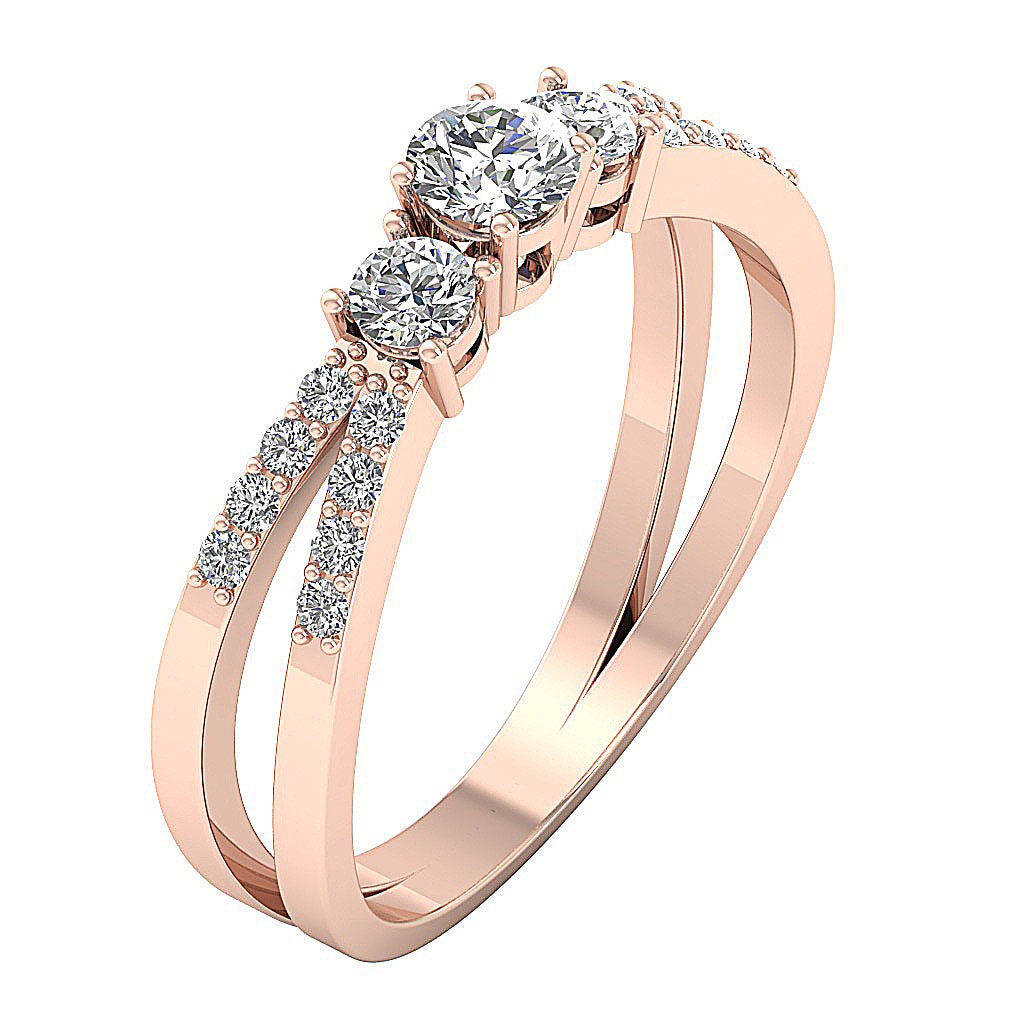
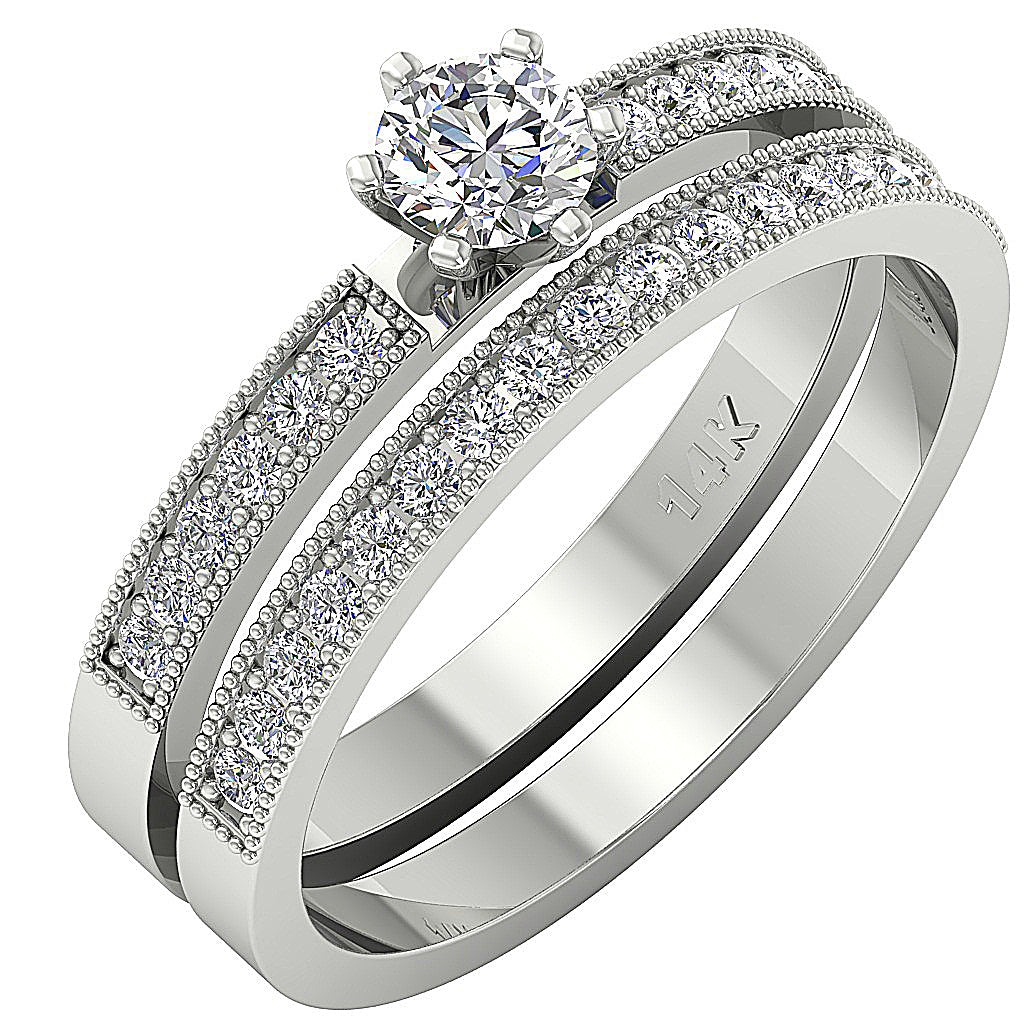

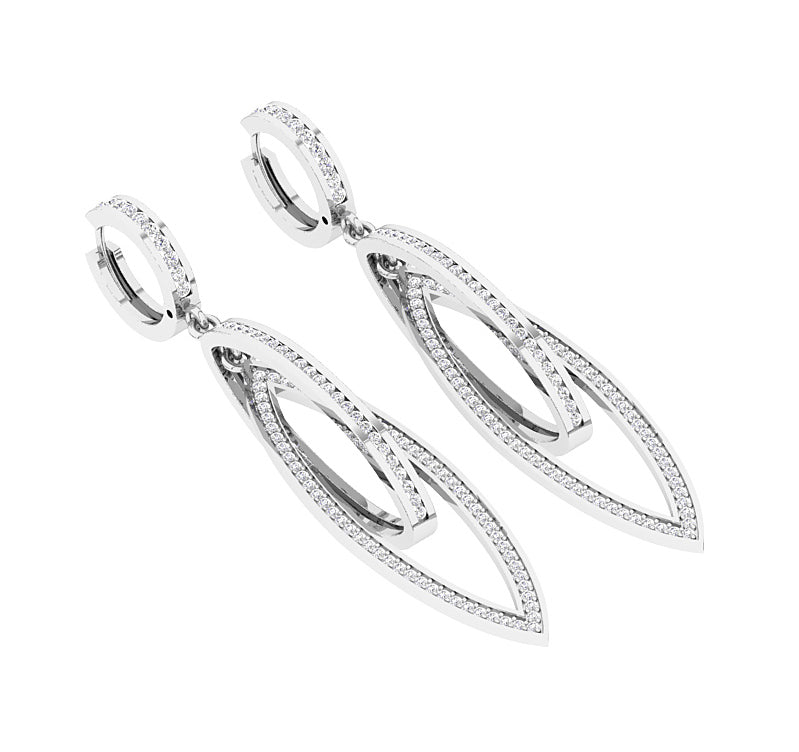

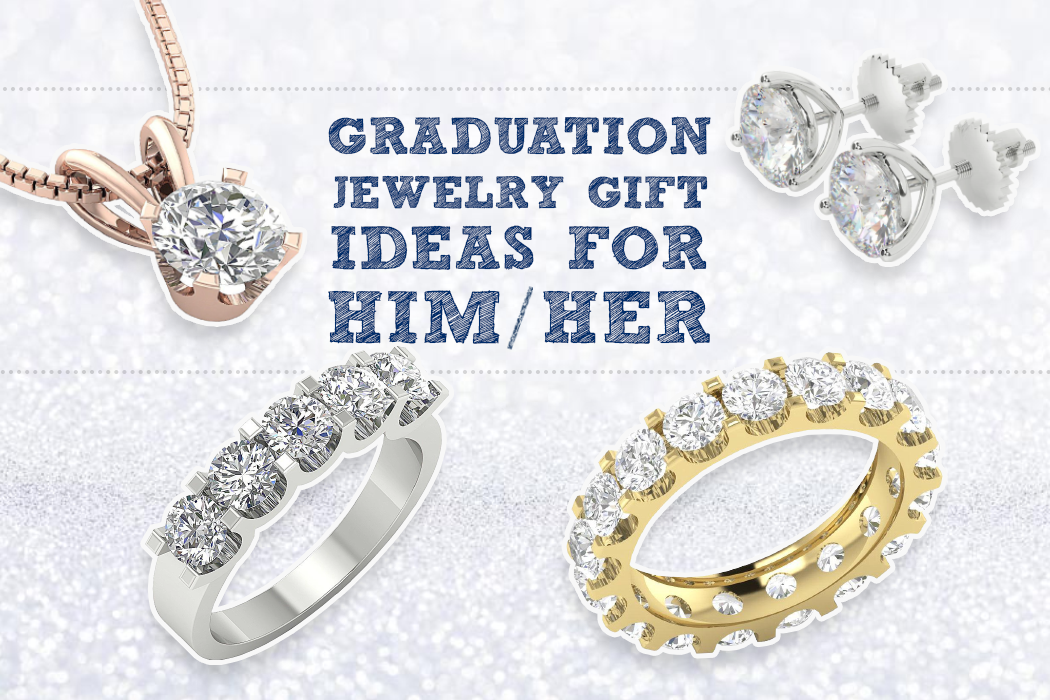
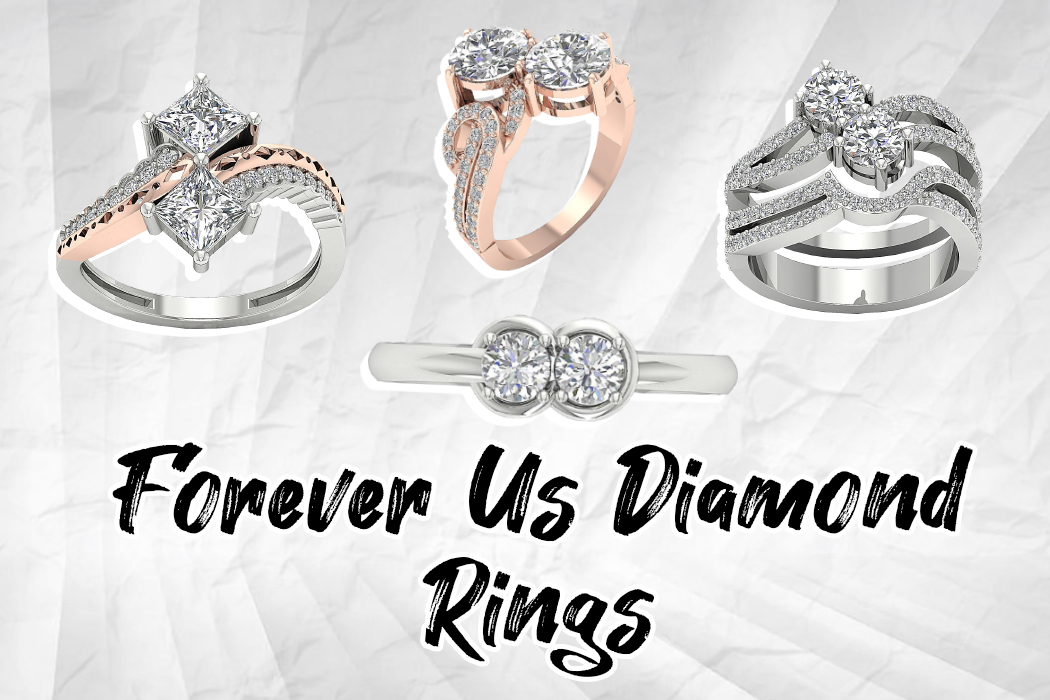
Leave a comment
This site is protected by hCaptcha and the hCaptcha Privacy Policy and Terms of Service apply.